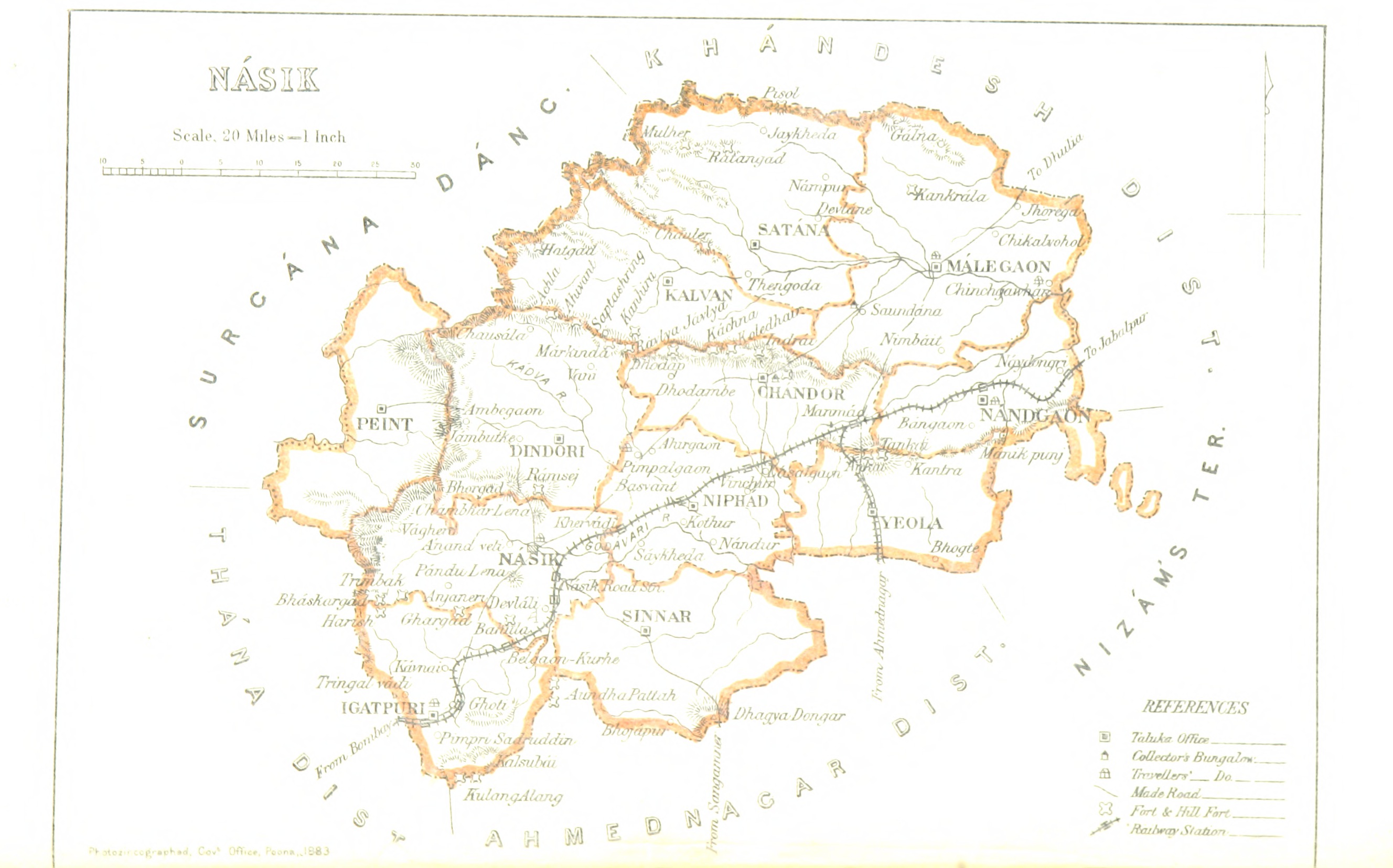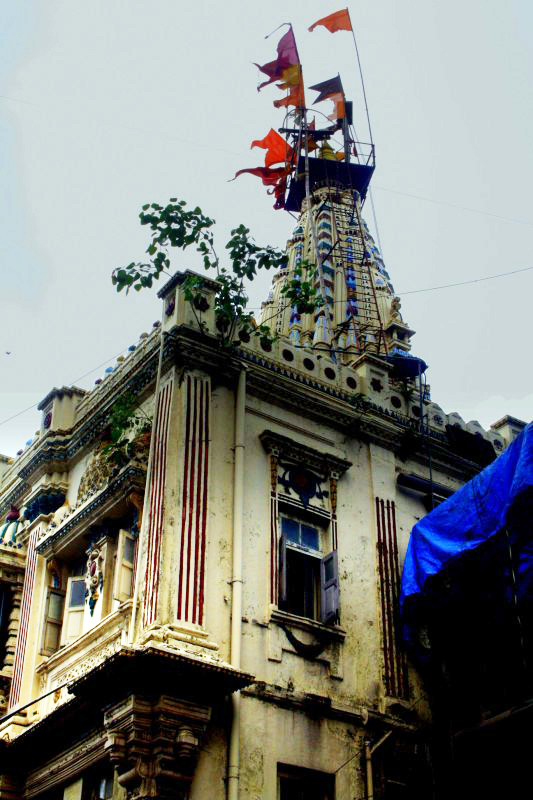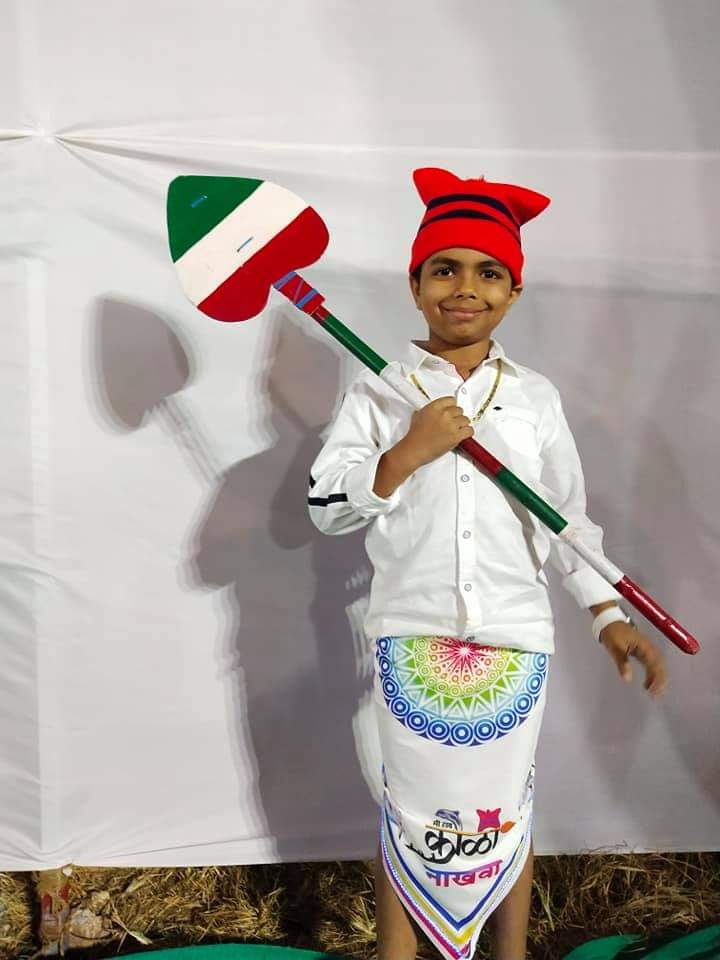|
Bhaskargad
Bhaskargad fort / Basgad Fort is a fort located 48 km from Igatpuri, Nashik district, of Maharashtra. This fort is one of the fort in Trimbak hill range. This fort is near to the Harihar fort. History This fort was built during the period of Yadava of Deogiri. It was under the control of Yadavas from 1279 to 1308. It was later under the control of Bahamani Sultanate followed by Nizamshahi of Ahmednagar. In 1629 Shahaji Raje revolted against the Mohammed Adil Shah of Bijapur and the fort was captured by him. This fort was again captured by Adil Shah after the surrender of Shahaji at Mahuli Fort. The fort was under Mughals in 1633. in 1670 the chieftain of King Shivaji, Moropant Pingale, won the fort from Moghuls. In 1688 the fort was again captured by Moghuls. The Koli tribal revolted in 1730 and captured the fort. The fort was under the control of Peshwas till in 1818 when Captain Briggs of East India Company captured it. How to reach There are two routes to reach the ... [...More Info...] [...Related Items...] OR: [Wikipedia] [Google] [Baidu] |
List Of Forts In India
This is a partial list of forts in India. Andhra Pradesh Coastal Region # Anvika Fort # Addanki Fort - Prakasam district # Bellamkonda Fort - Guntur district # Bobbili Fort – Vizianagaram district # Dharanikota Fort – Guntur district # Durgam Fort – Prakasam district (Kanigiri) # Gajanan Fort – Visakhapatnam district # Gonthina Fort – Visakhapatnam district # Kondapalli Fort – Krishna district # Kondaveedu Fort – Guntur district # Machilipatnam Fort (16th century Dutch Fort) – Krishna district # Mogalturu Fort - West Godavari district # Nagarjunakonda Fort - Guntur district # Parth Fort # Udayagiri Fort - Nellore district # Venkatigiri Fort - Nellore district # Vinukonda Fort - Guntur district # Vizianagaram Fort – Vizianagaram district # Yanamandala Fort – Guntur district Rayalseema Region # Adoni Fort – Kurnool district # Chandragiri Fort – Tirupati # Chennampalli Fort – Kurnool district # Devaraya Fort – Vijayanagaram district ... [...More Info...] [...Related Items...] OR: [Wikipedia] [Google] [Baidu] |
List Of Forts In Maharashtra
This is list of forts in Maharashtra a state of India # Achala Fort (Nashik) # Agashi Fort # Ahmednagar Fort # Ahivant Fort # Ajinkyatara # Akola Fort # Akluj Fort # Alang Fort # Ambolgad Ambolgad is a village near Jaitapur Nuclear Power Project in the Ratnagiri district in Maharashtra, India. A Defence Officers Group named DARIYA (दरिया) has been formed by Col Dhanajirao Patil for bringing this village on World Map.{ ... # Anjaneri # Anjanvel Fort # Ankai Fort # Antur Fort # Arnala fort # Asheri fort # Asava fort # Avchitgad # Aurangabad Fort # Avandha Fort # Balapur Fort # Ballarpur Fort # Bankot fort # Bahadur Fort # Belapur Fort # Birwadi fort # Bitangad # Bhagwantgad # Bhairavgad # Bhamer Dhule # Bharatgad # Bhaskargad/Basgad # Bhavangad Fort/Bhondgad # Bhorgiri fort # Bhudargad Fort # Bhupatgad Fort # Bhushangad # Bombay Castle # Castella de Aguada/Bandra Fort # Chanda Fort # Chandan Fort # Chandragad/Dhavalgad # Chandwad fort # Chauler Fort/Chaurgad ... [...More Info...] [...Related Items...] OR: [Wikipedia] [Google] [Baidu] |
Nashik District
Nashik district, also known as Nasik district, is a district in Maharashtra, India. The city of Nashik is the administrative headquarters of the district. Nashik is well known for the production of wine. Nashik is also known as Mini Maharashtra, because the climate and soil conditions of Surgana, Peth, Igatpuri resembles with Konkan. Niphad, Sinnar, Dindori, Baglan blocks are like Western Maharashtra and Yeola, Nandgaon, Chandwad blocks are like Vidarbha Region. Nashik is the biggest city in the district while Malegaon is the second biggest city. Manmad, Igatpuri, sinnar are some of the big cities situated in the Nashik District. Manmad is one of the biggest railway junction in india while the city of Malegaon is famous for its powerloom. Nashik district is the third largest district in Maharashtra state in terms of population of 8,107,187 and occupying an area of 15,582 square kilometres in the north Maharashtra region. It is bounded by Dhule District to the north, Jalgao ... [...More Info...] [...Related Items...] OR: [Wikipedia] [Google] [Baidu] |
Mughals
The Mughal Empire was an early-modern empire that controlled much of South Asia between the 16th and 19th centuries. Quote: "Although the first two Timurid emperors and many of their noblemen were recent migrants to the subcontinent, the dynasty and the empire itself became indisputably Indian. The interests and futures of all concerned were in India, not in ancestral homelands in the Middle East or Central Asia. Furthermore, the Mughal empire emerged from the Indian historical experience. It was the end product of a millennium of Muslim conquest, colonization, and state-building in the Indian subcontinent." For some two hundred years, the empire stretched from the outer fringes of the Indus river basin in the west, northern Afghanistan in the northwest, and Kashmir in the north, to the highlands of present-day Assam and Bangladesh in the east, and the uplands of the Deccan Plateau in South India. Quote: "The realm so defined and governed was a vast territory of some , rang ... [...More Info...] [...Related Items...] OR: [Wikipedia] [Google] [Baidu] |
Buildings And Structures Of The Maratha Empire
A building, or edifice, is an enclosed structure with a roof and walls standing more or less permanently in one place, such as a house or factory (although there's also portable buildings). Buildings come in a variety of sizes, shapes, and functions, and have been adapted throughout history for a wide number of factors, from building materials available, to weather conditions, land prices, ground conditions, specific uses, prestige, and aesthetic reasons. To better understand the term ''building'' compare the list of nonbuilding structures. Buildings serve several societal needs – primarily as shelter from weather, security, living space, privacy, to store belongings, and to comfortably live and work. A building as a shelter represents a physical division of the human habitat (a place of comfort and safety) and the ''outside'' (a place that at times may be harsh and harmful). Ever since the first cave paintings, buildings have also become objects or canvasses of much art ... [...More Info...] [...Related Items...] OR: [Wikipedia] [Google] [Baidu] |
Mumbai
Mumbai (, ; also known as Bombay — the official name until 1995) is the capital city of the Indian state of Maharashtra and the ''de facto'' financial centre of India. According to the United Nations, as of 2018, Mumbai is the second-most populous city in India after Delhi and the eighth-most populous city in the world with a population of roughly 20 million (2 crore). As per the Indian government population census of 2011, Mumbai was the most populous city in India with an estimated city proper population of 12.5 million (1.25 crore) living under the Brihanmumbai Municipal Corporation. Mumbai is the centre of the Mumbai Metropolitan Region, the sixth most populous metropolitan area in the world with a population of over 23 million (2.3 crore). Mumbai lies on the Konkan coast on the west coast of India and has a deep natural harbour. In 2008, Mumbai was named an alpha world city. It has the highest number of millionaires and billionaires among all ... [...More Info...] [...Related Items...] OR: [Wikipedia] [Google] [Baidu] |
Nashik
Nashik (, Marathi: aːʃik, also called as Nasik ) is a city in the northern region of the Indian state of Maharashtra. Situated on the banks of river Godavari, Nashik is the third largest city in Maharashtra, after Mumbai and Pune. Nashik is well known for being one of the Hindu pilgrimage sites of the Kumbh Mela, which is held every 12 years. Nashik is located about 190 km north of state capital Mumbai. The city is called the "Wine Capital of India" as more than half of India's vineyards and wineries are located here. Around 90% of all Indian wine comes from the Nashik Valley. Nashik is one of the fastest-growing cities in India. It has been a major industrial center in automobile hub. The city houses companies like Exxelia, Atlas Copco, Robert Bosch GmbH, CEAT Limited, Crompton Greaves, Graphite India, ThyssenKrupp, Epcos, Everest Industries, Gabriel India, GlaxoSmithKline, Hindustan Coca-Cola, Hindustan Unilever Limited, Jindal Polyster, Jyoti Structures, ... [...More Info...] [...Related Items...] OR: [Wikipedia] [Google] [Baidu] |
Peshwas
The Peshwa (Pronunciation: e(ː)ʃʋaː was the appointed (later becoming hereditary) prime minister of the Maratha Empire of the Indian subcontinent. Originally, the Peshwas served as subordinates to the Chhatrapati (the Maratha king); later, under the Bhat family, they became the ''de facto'' leaders of the Maratha Confederacy, with the Chhatrapati becoming a nominal ruler. During the last years of the Maratha Empire, the Peshwas themselves were reduced to titular leaders, and remained under the authority of the Maratha nobles and the British East India Company. All Peshwas during the rule of Shivaji, Sambhaji and Rajaram belonged to Deshastha Brahmin community. The first Peshwa was Moropant Pingle, who was appointed as the head of the Ashta Pradhan (council of eight ministers) by Chhatrapati Shivaji Maharaj, the founder of the Maratha Empire. The initial Peshwas were all ministers who served as the chief executives to the king. The later Peshwas held the highest adminis ... [...More Info...] [...Related Items...] OR: [Wikipedia] [Google] [Baidu] |
Koli People
The Koli is an Indian caste found in Rajasthan, Himachal Pradesh, Gujarat, Maharashtra, Uttar Pradesh, Haryana, Karnataka, Odisha and Jammu and Kashmir states in India. Koli is an agriculturist caste of Gujarat but in coastal areas they also work as fishermen along with agriculture. In the beginning of 20th century, the Koli caste was recognised as a Criminal Tribe under Criminal Tribes Act by British Indian government because of their anti-social activities during World War I. The Koli caste forms the largest caste-cluster in Gujarat and Himachal Pradesh, comprising 24% and 30% of the total population in those states respectively. History Early There has historically been some difficulty in identifying people as Koli or as Bhil people in what is now the state of Gujarat. The two communities co-existed in the hills of that area and even today there is confusion regarding their identity, not helped, in the opinion of sociologist Arvind Shah, by there being ... [...More Info...] [...Related Items...] OR: [Wikipedia] [Google] [Baidu] |
Shivaji
Shivaji Bhonsale I (; 19 February 1630 – 3 April 1680), also referred to as Chhatrapati Shivaji Maharaj, was an Indian ruler and a member of the Bhonsle Maratha clan. Shivaji carved out his own independent kingdom from the declining Adilshahi sultanate of Bijapur which formed the genesis of the Maratha Empire. In 1674, he was formally crowned the '' Chhatrapati'' of his realm at Raigad Fort. Over the course of his life, Shivaji engaged in both alliances and hostilities with the Mughal Empire, the Sultanate of Golkonda, Sultanate of Bijapur and the European colonial powers. Shivaji's military forces expanded the Maratha sphere of influence, capturing and building forts, and forming a Maratha navy. Shivaji established a competent and progressive civil rule with well-structured administrative organisations. He revived ancient Hindu political traditions, court conventions and promoted the usage of the Marathi and Sanskrit languages, replacing Persian in court and admi ... [...More Info...] [...Related Items...] OR: [Wikipedia] [Google] [Baidu] |
Bijapur
Bijapur, officially known as Vijayapura, is the district headquarters of Bijapur district of the Karnataka state of India. It is also the headquarters for Bijapur Taluk. Bijapur city is well known for its historical monuments of architectural importance built during the rule of the Adil Shahi dynasty. It is also well known for the sports by the popular Karnataka premier league team as Bijapur Bulls. Bijapur is located northwest of the state capital Bangalore and about from Mumbai and west of the city of Hyderabad. The city was established in the 10th–11th centuries by the Kalyani Chalukyas and was known as ''Vijayapura'' (city of victory). The city was passed to Yadavas after Chalukya's demise. In 1347, the area was conquered by the Bahmani Sultanate. After the split of the Bahmani Sultanate, the Bijapur Sultanate ruled from the city. Relics of the Sultanates' rule can be found in the city, including the Bijapur Fort, Bara Kaman, Jama Masjid, and Gol Gumbaz. Bijapur, o ... [...More Info...] [...Related Items...] OR: [Wikipedia] [Google] [Baidu] |








